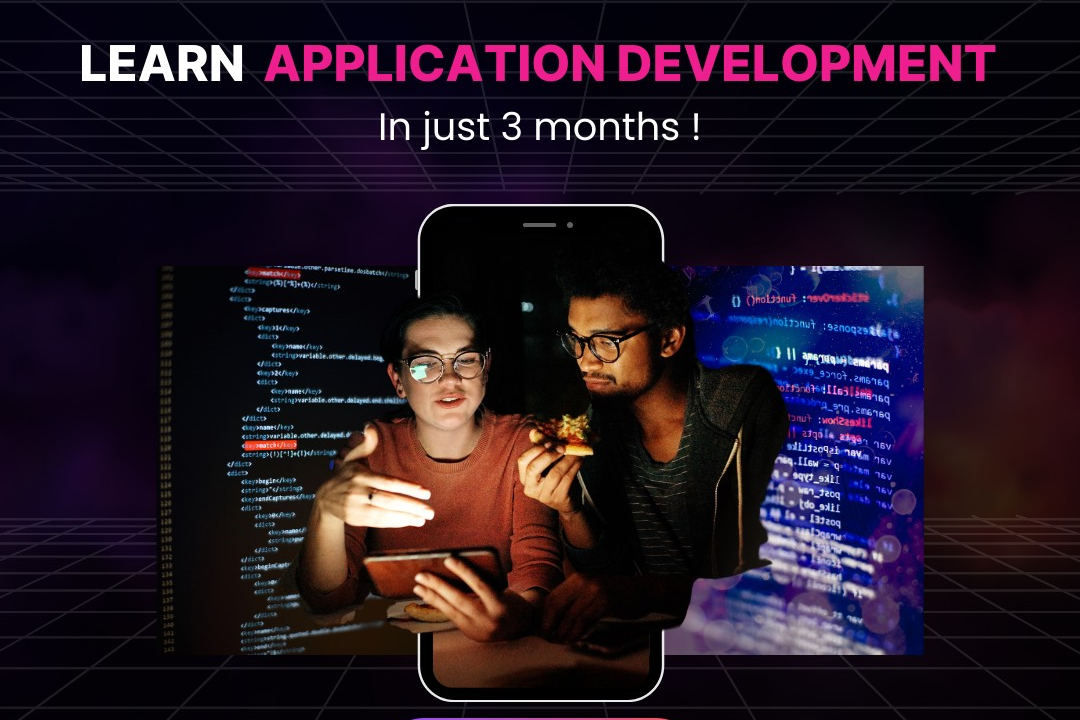Understanding ios app development cycles
Mastering the iOS App Development Lifecycle
Understanding ios app development cycles
Understanding the iOS app development cycle involves recognizing the iterative process of designing, developing, testing, and deploying mobile applications for Apple's iOS platform. The cycle typically begins with the planning phase, where developers define the app's goals, target audience, and core features. This is followed by the design phase, focusing on user interface (UI) and user experience (UX) elements. Next, the development phase involves coding using languages such as Swift or Objective-C and integrating frameworks and APIs. Testing is crucial, encompassing unit tests, UI tests, and beta testing to ensure the app functions correctly and provides a seamless user experience. Finally, after thorough testing and adjustments based on feedback, the app can be submitted to the App Store, where it undergoes Apple's review process before being made available to users. Post-launch, the cycle continues with maintenance and updates based on user feedback and technological advancements.
To Download Our Brochure: https://www.justacademy.co/download-brochure-for-free
Message us for more information: +91 9987184296
1 - Idea Generation: The cycle begins with brainstorming and identifying a unique app idea that addresses a specific need or problem. It's crucial to validate the idea through market research and user feedback.
2) Market Research: This involves analyzing existing apps, understanding competitor offerings, and identifying your target audience. This step helps refine the app's features based on user expectations and market demands.
3) Define Requirements: Clearly outline the app's functionality and features. This includes creating user stories and defining a minimum viable product (MVP) to streamline development.
4) Wireframing and Prototyping: Create wireframes to visualize the app’s user interface and user experience (UI/UX) design. Prototyping allows for basic interactions to be tested before development begins.
5) Technology Stack Selection: Choose the right technologies to build the app. For iOS, this typically includes Swift or Objective C, Xcode as the development environment, and considering frameworks and libraries that could assist in development.
6) Setting Up the Development Environment: Install necessary tools such as Xcode and configure version control systems like Git to manage code and collaborate effectively.
7) UI/UX Design: In this phase, the app's visual elements are designed, focusing on usability and aesthetics. Designers often create high fidelity mockups that represent the final product.
8) Development: The actual coding begins here. Developers write code for the frontend (what users see) and backend (server side processes). This phase may also involve setting up a database and server.
9) Testing: Conduct extensive testing to identify bugs and usability issues. This includes unit testing, UI testing, and beta testing with real users to gather feedback and ensure a smooth experience.
10) App Optimization: Based on testing feedback, optimize the app for performance and ensure it meets Apple’s App Store guidelines. This may involve refining code, improving load times, and minimizing crashes.
11) App Submission Preparation: Prepare for app submission by creating app store assets, including descriptions, screenshots, and promotional material. It’s also essential to set up in app purchases or subscriptions if applicable.
12) Launch: Submit the app to the Apple App Store. After review by Apple, the app is published and made available to users.
13) User Acquisition: Post launch, focus on marketing strategies to attract users. Utilize social media, app store optimization (ASO), and ads to increase visibility and downloads.
14) User Feedback and Support: Actively gather user feedback through reviews and ratings. Providing support and addressing user queries contributes to maintaining a positive relationship with your audience.
15) Maintenance and Updates: Continuously monitor app performance and fix any issues that arise. Regularly update the app with new features, bug fixes, and compatibility with new iOS versions.
16) Scalability Planning: As the user base grows, consider how to scale the app’s architecture and backend to handle increased traffic and data, ensuring a seamless experience for all users.
This structured overview encompasses the critical stages of iOS app development, offering a systematic approach that could greatly benefit students in understanding the full cycle of app creation.
Browse our course links : https://www.justacademy.co/all-courses
To Join our FREE DEMO Session: Click Here
Contact Us for more info:
Kotlin Programming Nashik
Android Development Classes Puttur
iOS COURSE
Python programming classes near me
iOS Training in Jodhpur











